Reservoir Monitoring and Management on Offshore Rigs: Technologies and Strategies
Offshore oil and gas exploration and production are complex processes requiring thorough reservoir monitoring and management. Reservoir monitoring and management on offshore rigs are critical to guaranteeing efficient hydrocarbon production while reducing environmental impact. This article explores the key aspects of reservoir monitoring and management on offshore rigs, highlighting the technologies and strategies employed to optimize production in these challenging environments.
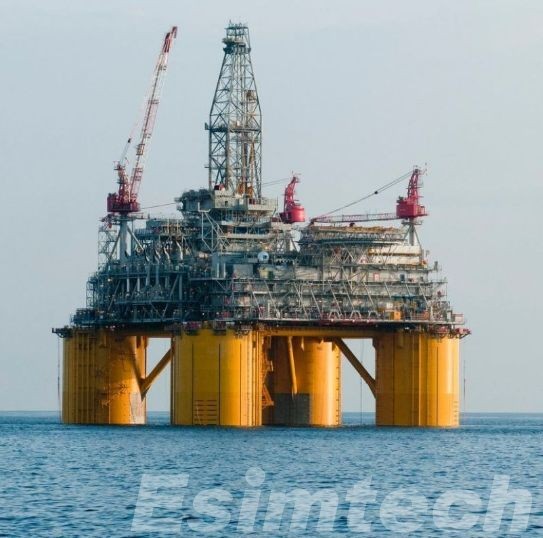
Why Reservoir Monitoring and Management on Offshore Rigs Are Significant
1. Challenges of Offshore Reservoirs
| Challenge | Description |
| Harsh Environmental Conditions in drilling | Exposure to extreme weather, storms, and corrosive seawater. |
| Deepwater Exploration and Drilling | Technical challenges and increased costs in deepwater drilling. |
| Subsea Infrastructure Maintenance | Complexity and cost of maintaining subsea equipment and pipelines. |
| Reservoir Fluid Properties | Variability in reservoir fluid properties affecting production. |
| Wellbore Stability | Challenges in maintaining wellbore stability due to geological factors. |
| Sand Production and Erosion | Formation sand production and erosion of equipment in high-flow conditions. |
| Hydrate Formation | Formation of hydrates in cold temperatures, affecting flow assurance. |
| Corrosion and Material Integrity | Corrosion risks and material integrity issues in harsh marine environments. |
| Challenges in Well Completions | Complexities in designing and installing completions for optimal production. |
| Remote Location and Logistics | Difficulties in transportation, logistics, and offshore personnel management. |
| High Initial Capital Investment | High upfront costs for offshore drilling, exploration, and production. |
| Regulatory Compliance | Adherence to stringent environmental and safety regulations. |
| Oil Spill and Environmental Risks | Risks of oil spills and environmental impacts in case of accidents. |
| Complexity of Subsea Tiebacks | Engineering challenges in connecting new wells to existing infrastructure. |
| Reservoir Pressure Management | Challenges in managing reservoir pressure for optimal recovery. |
| Limited Accessibility for Maintenance | Difficulties in accessing and maintaining subsea infrastructure. |
| Technological Limitations | Availability and effectiveness of advanced technologies for offshore operations. |
| Drilling and Production Risks | Challenges in managing drilling and production risks in offshore settings. |
| Market Volatility and Economic Factors | Impact of market conditions and economic factors on offshore projects. |
| Health and Safety Concerns | Stringent safety measures and potential health risks for offshore personnel. |
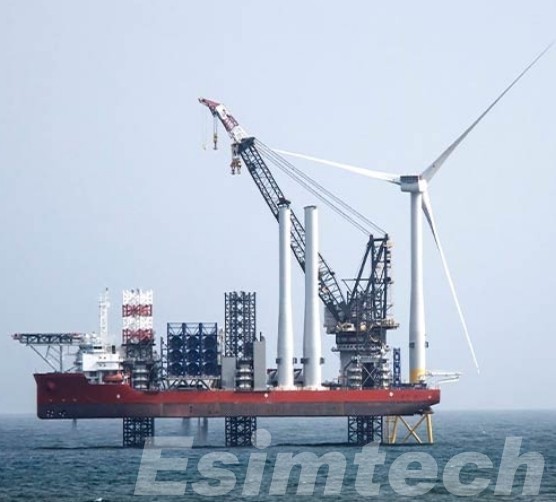
2. The Pivotal Role of Reservoir Monitoring and Management on Offshore Rigs
Accurate reservoir monitoring and management give real-time data on fluid dynamics, pressure, and temperature within the reservoir. This data is crucial for making sound decisions about drilling, production, and reservoir optimization. By regularly analyzing reservoir conditions, operators can detect possible problems early on, resulting in faster recovery and less downtime.
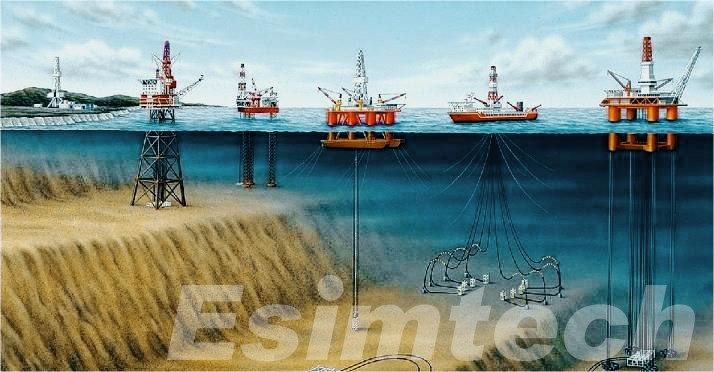
What are the Key aspects of Reservoir Monitoring and Management on Offshore Rigs
1. Reservoir Monitoring Technologies
a.Subsea Sensors
Purpose: Subsea sensors are installed on the seabed to measure pressure, temperature, and fluid composition in real time.
Benefits: Provides continuous data for analyzing reservoir conditions, optimizing production rates, and recognizing possible problems early on.
b. Seismic Imaging
Purpose: Utilizes advanced seismic surveys to create detailed images of subsurface structures, helping in reservoir characterization and identification of potential traps.
Benefits: Facilitates informed decisions on well placement, reservoir development, and overall production strategies.
c. Fiber Optic Monitoring
Purpose: Fiber optic cables installed in wells measure temperature, pressure, and strain, offering high-resolution data for a detailed understanding of reservoir dynamics.
Benefits: Enables precise monitoring of well performance, early detection of reservoir changes, and optimization of recovery processes.
2. Reservoir Management Strategies
a. Enhanced Oil Recovery (EOR)
Purpose: EOR techniques, including water flooding, gas injection, and chemical injection, are employed to maximize hydrocarbon recovery.
Benefits: Enhances recovery rates by altering reservoir conditions and fluid properties, improving overall production efficiency.
b.Intelligent Well Systems
Purpose: Smart well technologies allow real-time adjustments to production rates, downhole pressures, and other parameters.
Benefits: Enhances reservoir management by optimizing production, minimizing downtime, and preventing reservoir damage.
c.Integrated Asset Management
Purpose: Integrates data from various sources, including reservoir simulations, production rates, and well performance, for a holistic approach to reservoir management.
Benefits: Provides a comprehensive view of the entire offshore asset, facilitating data-driven decision-making for maximizing hydrocarbon recovery.
3. Environmental Considerations
Responsible reservoir monitoring and management put environmental sustainability first.
Adherence to strong environmental rules and the adoption of ecologically friendly technologies help to reduce the impact on marine ecosystems.
Ongoing monitoring ensures that environmental regulations are met throughout the offshore rig’s lifecycle.
4. Real-Time Monitoring and Adaptive Strategies
The integration of real-time data from sensors and well instruments enables continuous monitoring of reservoir conditions.
Adaptive strategies based on real-time data allow operators to make fast changes, optimizing productivity and reducing risks.
5. Collaboration and Communication
Effective communication and collaboration among multidisciplinary teams, including geologists, engineers, and data scientists, are crucial for successful reservoir monitoring and management.
Regular updates and sharing of insights ensure that the entire team is aligned with the reservoir management objectives.
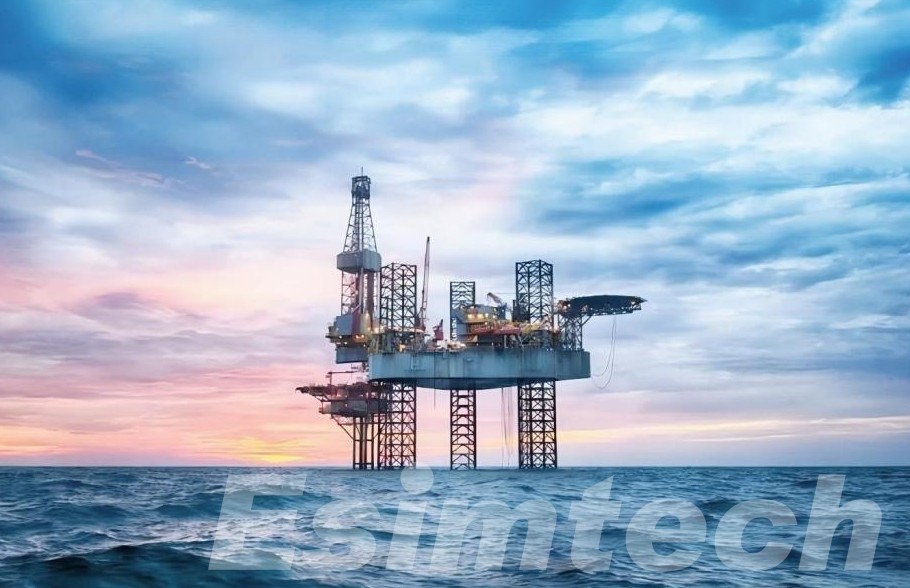
How Simulation Technology Used to Optimize Reservoir Monitoring and Management on Offshore Rigs
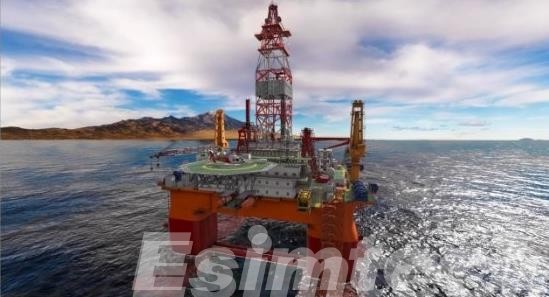
1. Reservoir Modeling
Static Reservoir Modeling: Simulation tools use geological data, seismic surveys, and well data to generate detailed static reservoir models. These models depict the subsurface structure, allowing operators to better understand reservoir properties including porosity, permeability, and fluid saturation.
Dynamic Reservoir Modeling: Dynamic reservoir simulations accommodate for fluid flow and pressure changes throughout time. This dynamic modeling gives information on reservoir behavior under various conditions, allowing operators to forecast how the reservoir will react to production methods.
2. Predictive Analysis
Simulation technology allows operators to perform predictive analysis by running scenarios to evaluate the influence of various operational parameters. This involves assessing the impact of well placement, production rates, and injection tactics on reservoir performance.
Sensitivity analysis within simulation models helps uncover significant variables that influence reservoir behavior, allowing operators to optimize their strategies for maximum recovery.
3. Optimizing Well Placement and Production Strategies
Simulation tools assist in determining the optimal placement of wells within the reservoir. By considering geological features, fluid properties, and production goals, operators can simulate different well configurations to identify the most efficient options.
Dynamic reservoir simulations help optimize production strategies, such as water flooding, gas injection, or chemical injection, by evaluating their effectiveness over time and under varying reservoir conditions.
4. Real-Time Monitoring and Control
Integrating real-time data from sensors and well instrumentation into simulation models enables continuous monitoring and control. This integration allows operators to make immediate adjustments to production rates, well pressures, and other parameters based on real-time reservoir conditions.
Smart well technologies, coupled with real-time simulation capabilities, provide a dynamic and adaptive approach to reservoir management, optimizing production while minimizing risks.
5. Risk Assessment and Decision Support
Risk assessments by simulating potential issues such reservoir compartmentalization, fluid communication, and sudden pressure shifts.
Decision support systems use simulation results to help operators make more informed decisions about reservoir management, drilling plans, and overall production strategies.
5. Training and Skill Development
Simulation technology is an effective tool for training and skill development. Operators can utilize drilling training simulators to train workers on various scenarios, allowing them to become acquainted with potential issues and practice reaction tactics in a safe setting.

6. Continuous Improvement and Adaptation
Regularly updating simulation models with new data and insights enables operators to adjust their strategy over time. This iterative process of continual improvement ensures that reservoir management is optimal throughout the life of the offshore rig.
Conclusion
Reservoir monitoring and management on offshore rigs are critical for optimizing hydrocarbon recovery, minimizing environmental effect, and assuring long-term viability of oil and gas projects. Advanced technology, when combined with strategic management techniques, enable operators to make informed decisions that improve production efficiency and contribute to the responsible exploration and exploitation of offshore reserves.
Oil and gas simulation technology is critical in optimizing reservoir monitoring and management on offshore rigs because it provides a thorough understanding of reservoir dynamics, aids predictive analysis, and enables real-time decision-making.
